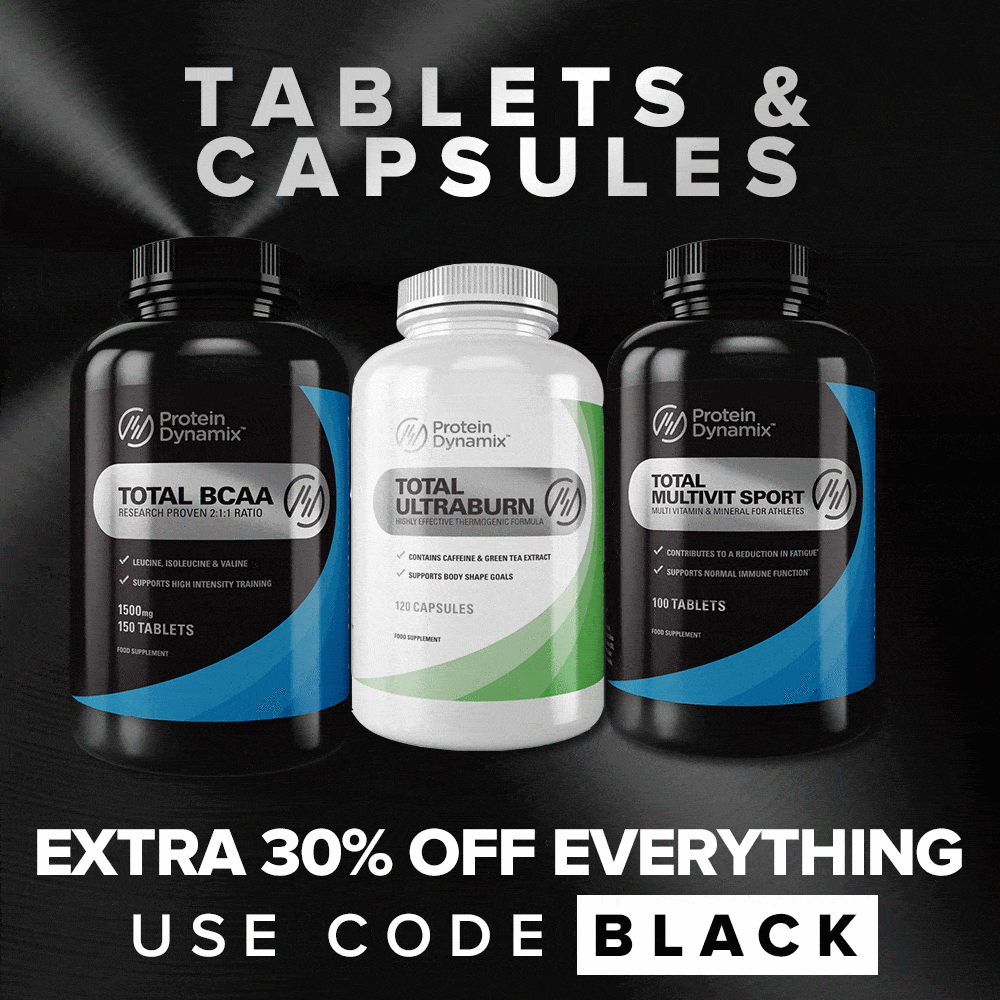Nutrition Diseases - Facts & Prevention
It is now well known that poor eating habits such as under- or over-eating or consuming too many types of food and drink that are low in fibre or high in fat, salt and sugar can increase the risk of developing illnesses and health problems including high blood pressures, heart disease and stroke, sleep disorders, type-2 diabetes, osteoporosis, some cancers, depression and eating disorders.
Yet there are other diseases caused by a deficiency in particular micro nutrients, which are vitamins and minerals. Here are some examples of nutrition diseases and what you can eat to aid recovery.
Scurvy is caused by a vitamin C (ascorbic acid) deficiency. Vitamin C is needed for to make collagen, an important component in connective tissues which provide structure and support in the body, including the structure of blood vessels. Vitamin C also helps with the absorption of iron and with the metabolism of cholesterol and protein.
Clear signs of scurvy show after about one month without any vitamin C. One of the most obvious signs is loss and damage to teeth. Other symptoms of scurvy are anaemia, weakness due to the lack of neurotransmitters needed for energy production; bleeding sores, bone pain. Later, there is swelling in some parts of the body, jaundice, sudden and spontaneous bleeding and convulsions.
Scurvy is easily treated with oral or intravenous vitamin C supplements and can be rectified by eating foods high in vitamin C like oranges, tomatoes, green leafy vegetables, potatoes and more.
Rickets is a childhood bone disorder generally caused by a lack of vitamin D which means bones soften and become prone to fractures and deformity. It can also be caused by a lack of calcium, as the body needs vitamin D to absorb calcium from the intestines. Without vitamin D, the body releases calcium and phosphate from bones. Rickets can also be caused by complications from digestive disorders or from liver diseases.
If left untreated, a child with rickets is more prone to bone fractures and may experience permanent bone deformities. Skeletal deformities will often improve or disappear over time if rickets is corrected while the child is still young.
Vitamin D deficiency can easily be improved with small dietary changes. Eggs, milk and oily fish, such as salmon, are excellent sources of vitamin D. The ultraviolet (UV) light in sunlight helps the skin cells convert vitamin D into an active state.
A vitamin D deficiency found in adults. Certain conditions stop vitamin D from being absorbed. Celiac disease is one and certain types of cancer can also interfere with vitamin D processing. Kidney and liver disorders can affect the metabolism of vitamin D.
A diet that doesn’t include phosphates can cause phosphate depletion, which can also lead to osteomalacia. And drugs to treat seizures such as phenytoin and phenobarbital can also cause osteomalacia.
Detected early osteomalacia can be treated with oral supplements of vitamin D, calcium, or phosphate depending on the underlying cause.
Beriberi is caused by a vitamin B1 (thiamine) deficiency. The symptoms are vomiting, convulsions and signs of heart failure, which can be fatal unless rapidly treated.
There are two sorts of beriberi, wet beriberi has symptoms which include shortness of breath, rapid heart rate and swollen legs. Dry beriberi causes decreased muscle function, particularly in the lower legs with tingling or loss of feeling in the feet and hands through to paralysis. Extreme cases of beriberi are associated with Wernicke-Korsakoff syndrome, brain damage caused by thiamine deficiency, commonly due to alcohol addiction.
Beriberi is easily treated with thiamine supplements. To prevent beriberi foods rich in thiamine include beans and peas, seeds, meet, fish, wholegrains, nuts and dairy as well as some vegetables like asparagus and spinach. Breakfast cereals are usually enriched with thiamine. If caught early the outlook for beriberi is good. If beriberi progresses to Wernicke-Korsakoff syndrome, the outlook is poor.
Vitamin K plays a vital role in blood clotting. If there is a deficiency, the body bleeds excessively, either through blood flow or bruising. Vitamin K1 (phylloquinone) comes from plants, especially leafy green vegetables like spinach and kale. Vitamin K2 (menaquinone) is naturally created in the intestinal tract and works in a similar way to K1.
This is a rare condition, usually caused by health conditions that cause the body not to absorb fat properly (for example celiac disease or cystic fibrosis) and some drugs which can interfere with vitamin K absorption and creation, such as anticoagulants like warfarin as well as antibiotics.
The treatment for vitamin K is easy, being the drug phytonadione, which is vitamin K1. Most of the time doctors prescribe it as an oral medication. Some foods, including leafy green vegetables, are extremely high in vitamin K and will give you all you need in one serving.
